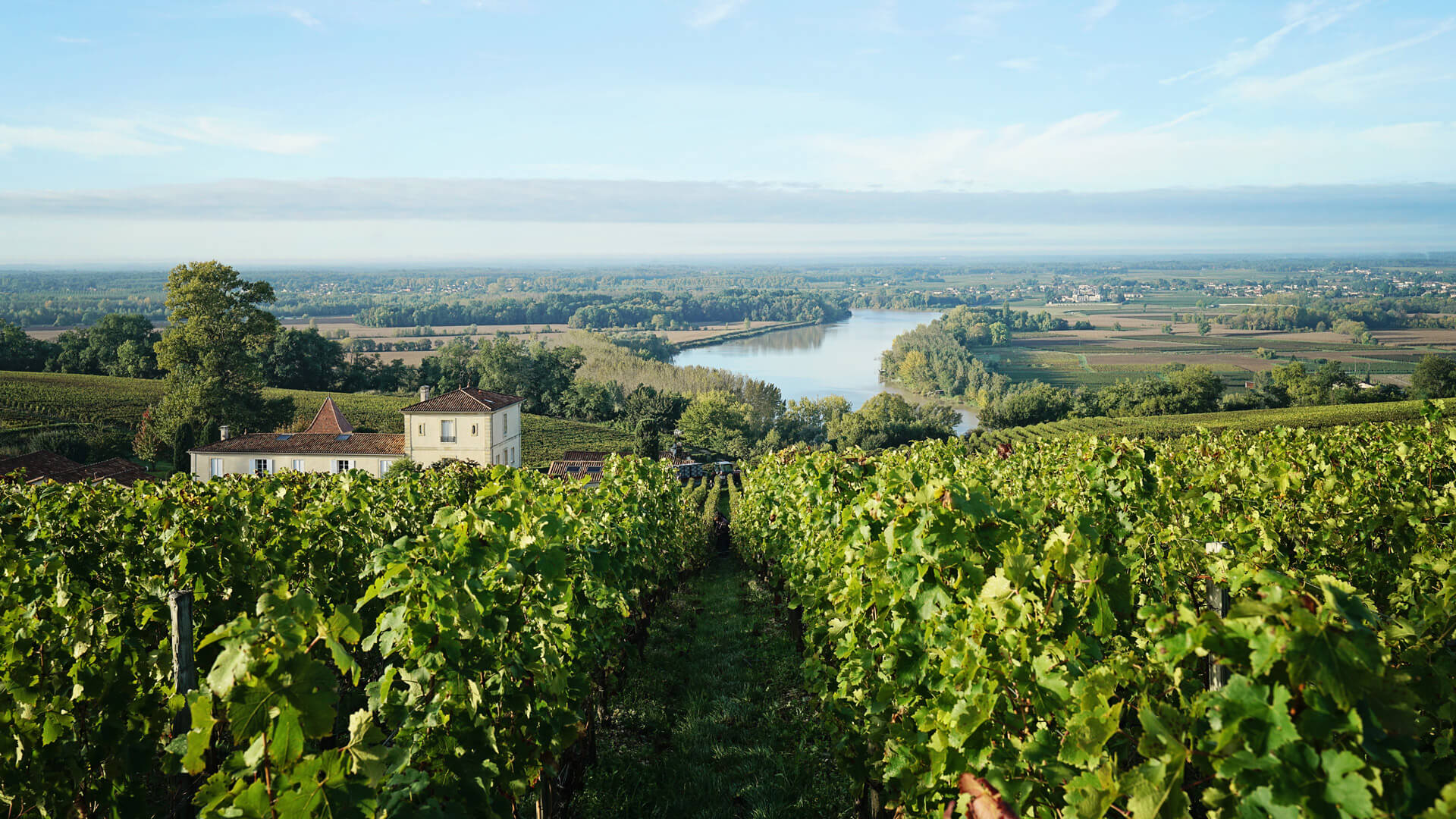Pomerol
Arguably the world's best Merlot from small, family run estates - that's Pomerol. Consistent and high quality red wines meant to improve in your cellar.
Some of the best, if not the best, Merlot in the world comes from Pomerol. Lush and plush with silky tannins, floral nuances and a mix of meatiness and chocolate notes with age.
For anyone who's not drinking Merlot, let this appellation change your mind. Learn more about this small, but high quality gem of the right bank.
Old Merlot vines from Vieux Château Certan.
Some of the best, and most expensive, Merlots in the world come from Pomerol – something to behold, and something to hold in your cellar. But are all the wines expensive? Many of them are, yes - but like we've seen on the Left Bank, you can also find "second labels" here too from top notch producers.
Pomerol Wineries To Know
Most of the producers here have very small plots of land, with the average winery size being less than 15 acres. You won't generally find grand castles here but rather garagistes: family-run wineries who do most things by hand. You'll find 135 small producers making high-quality wines.
Unlike the other powerhouse regions in Bordeaux, Pomerol doesn't have a cru classé system. Here are the most iconic wineries in Pomerol:
Lafleur - With just over 11 acres (4.58 ha), and run by the Guindaudeau, this winery sits very close to another icon – Pétrus.
L'Eglise Clinet - This small, but iconic winery only has 11 acres (4.5 ha) and is run by the Durantou family. The winery itself is actually more like a garage, but what comes out of there is truly exceptional.
Le Pin - with less than 7 acres (2.8 ha) and established in 1979, Le Pin is small and new, but has a world-wide reputation for quality. With only 500 cases produced each year, it's very hard to get your hands on.
Pétrus - One of the most iconic estates in Bordeaux, Châteux Pétrus became famous in the late 1800s after it won gold at an exposition in Paris. It's known also for its blue clay terroir, and most recently sending wine into space to be aged.
Vieux Château Certan - Also known as VCC and sits in between Le Pin and Pétrus. It's owned by the same family who owns Le Pin and has some of the oldest vines in Pomerol.
Blue clay (left) and Crasse de fer (right) in the soils of Pomerol at Château Gazin.
Pomerol Terroir
Most people only think of soils in Pomerol as clay, and there is a lot of it. The most famous of which is Blue Clay, which holds water well, and prevents Merlot from ripening too quickly. These cooler soils are generally not appropriate for later ripening varieties such as Cabernet Sauvignon, and hence why Pomerol is mostly all about Merlot.
How does the soil affect the wine?
Clay: This tends to create wines that are concentrated and very powerful, with high levels of tannin.
Gravel: Bands of gravel throughout Pomerol give finesse and perfumed elements to the wines.
Crasse de fer: This is iron-oxide rich soils found in Pomerol, and parts of Saint-Émilion that some believe gives a minerality to the wines.
Pomerol Facts and Classification Information
- 1977 acres (800 ha) in size
- Plantings are approximately 85% Merlot and 15% Cabernet Franc.
- First established as an AOC in 1936
- Main soil types include clay, gravel outcrops, and sand.
- Though one of the smallest appellations in Bordeaux, Pomerol produces some of the world's most expensive wines, with bottles of Pétrus selling for over $5000 per bottle.
- No Classification system here and most producers don't want one.
- 135 wineries - average size is only 5.8 hectares!
























